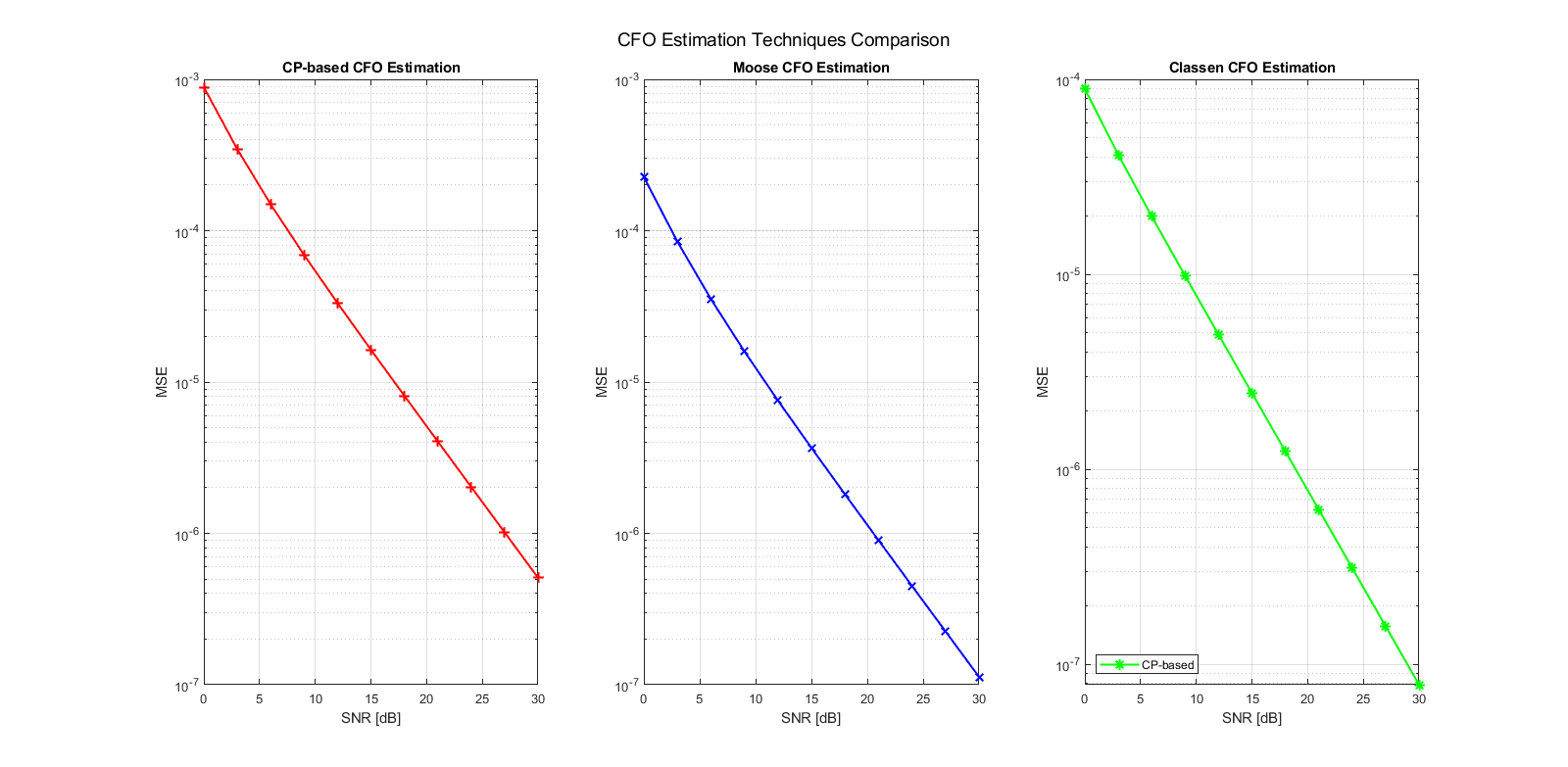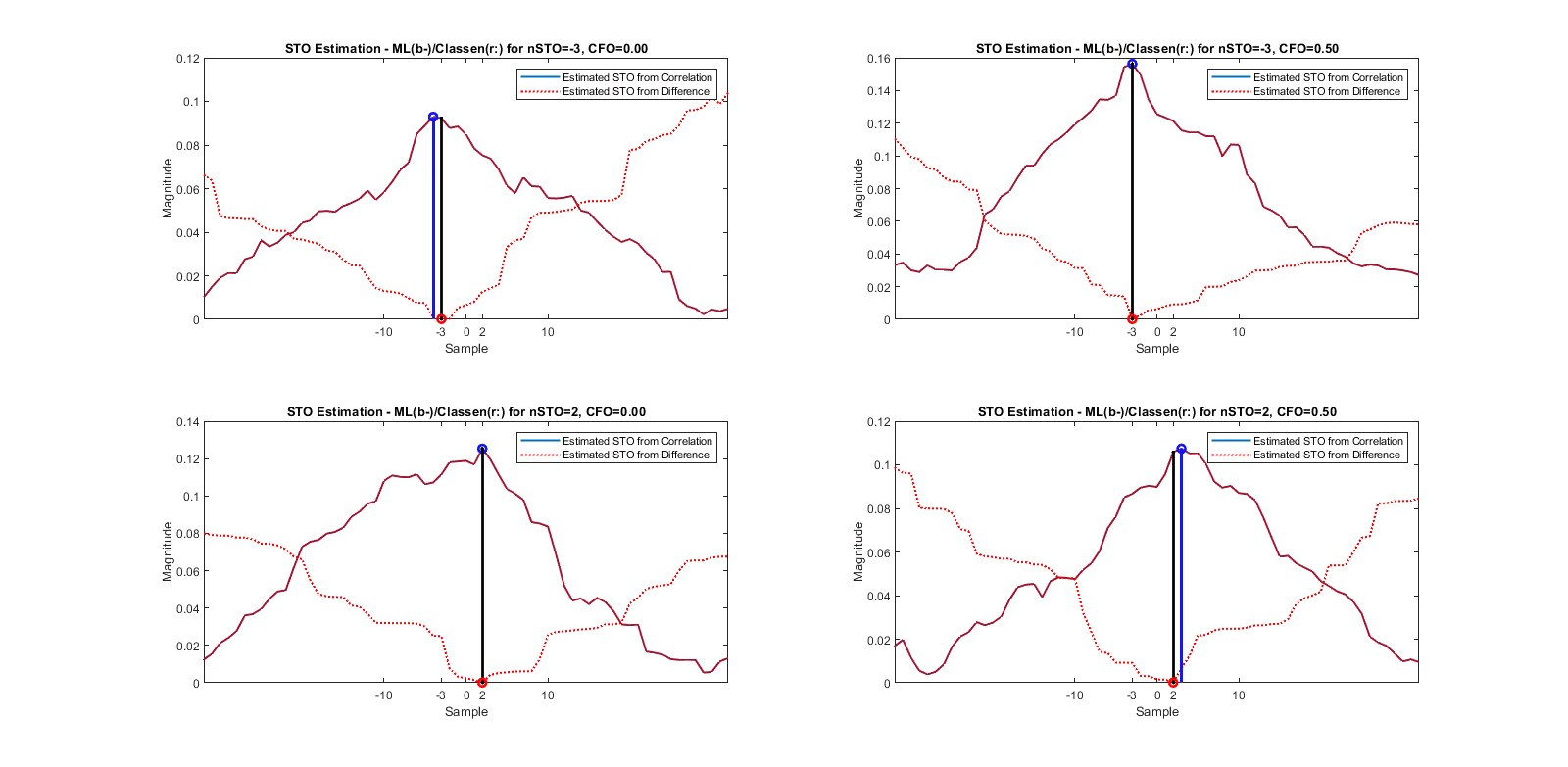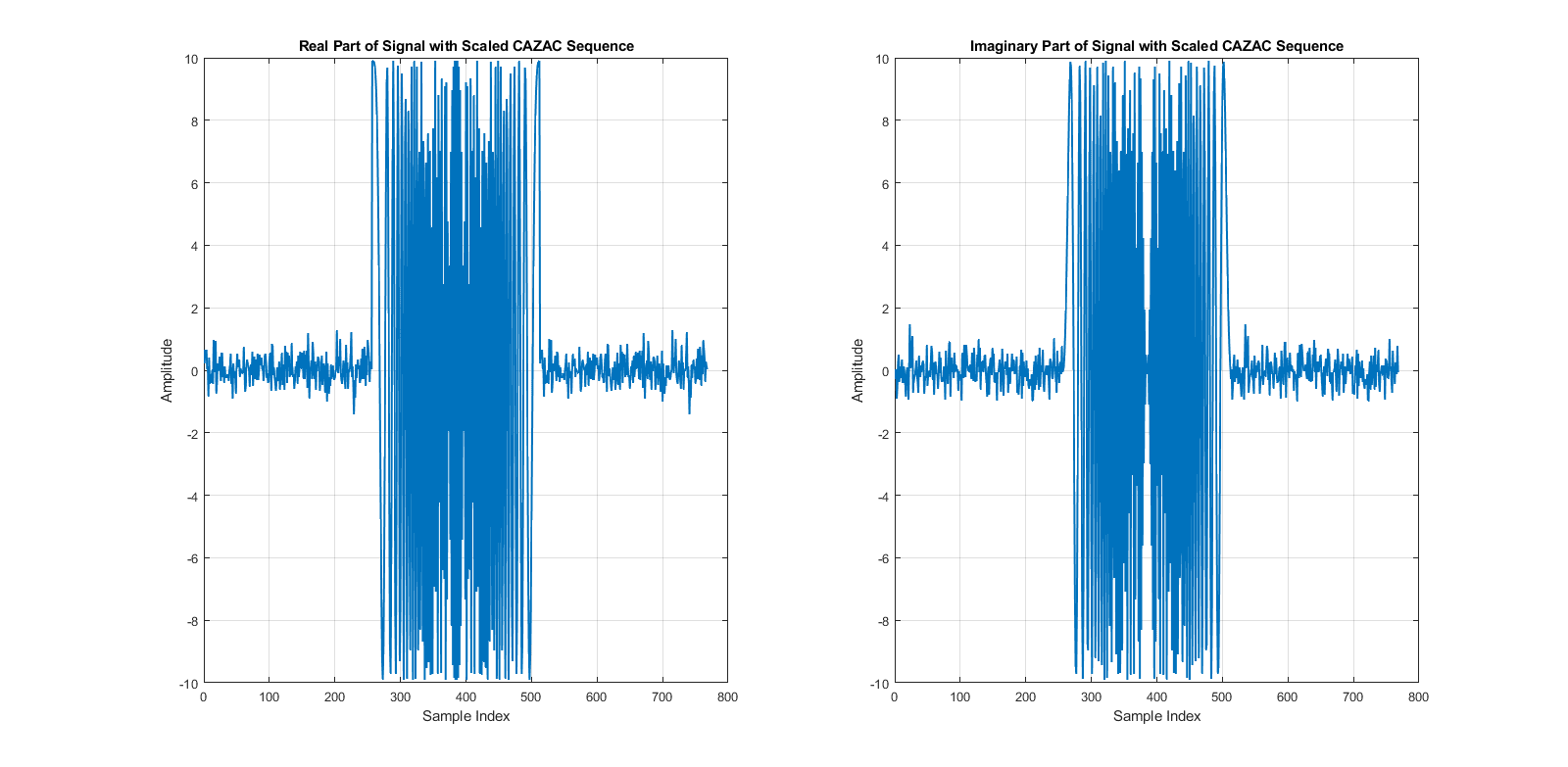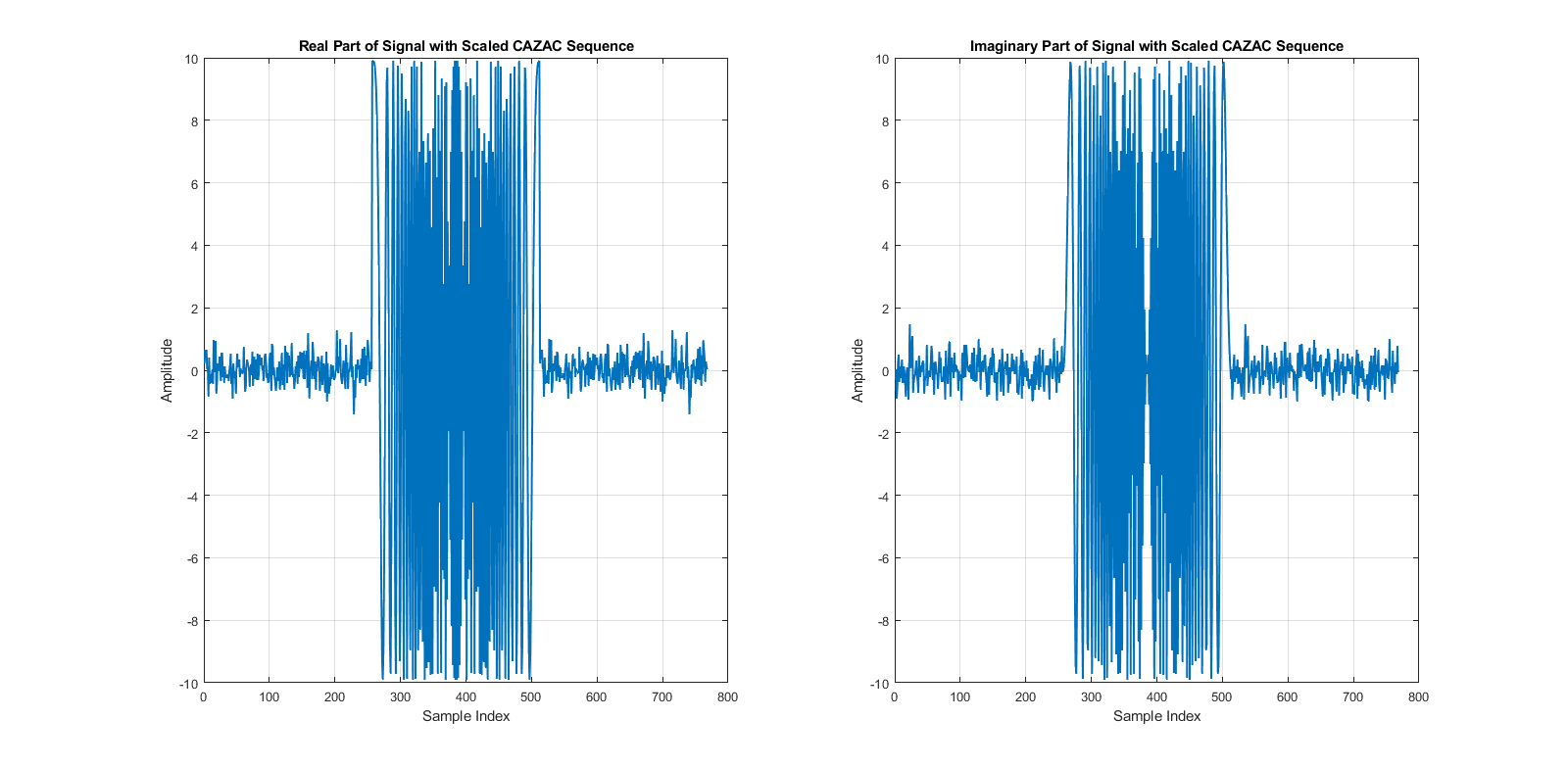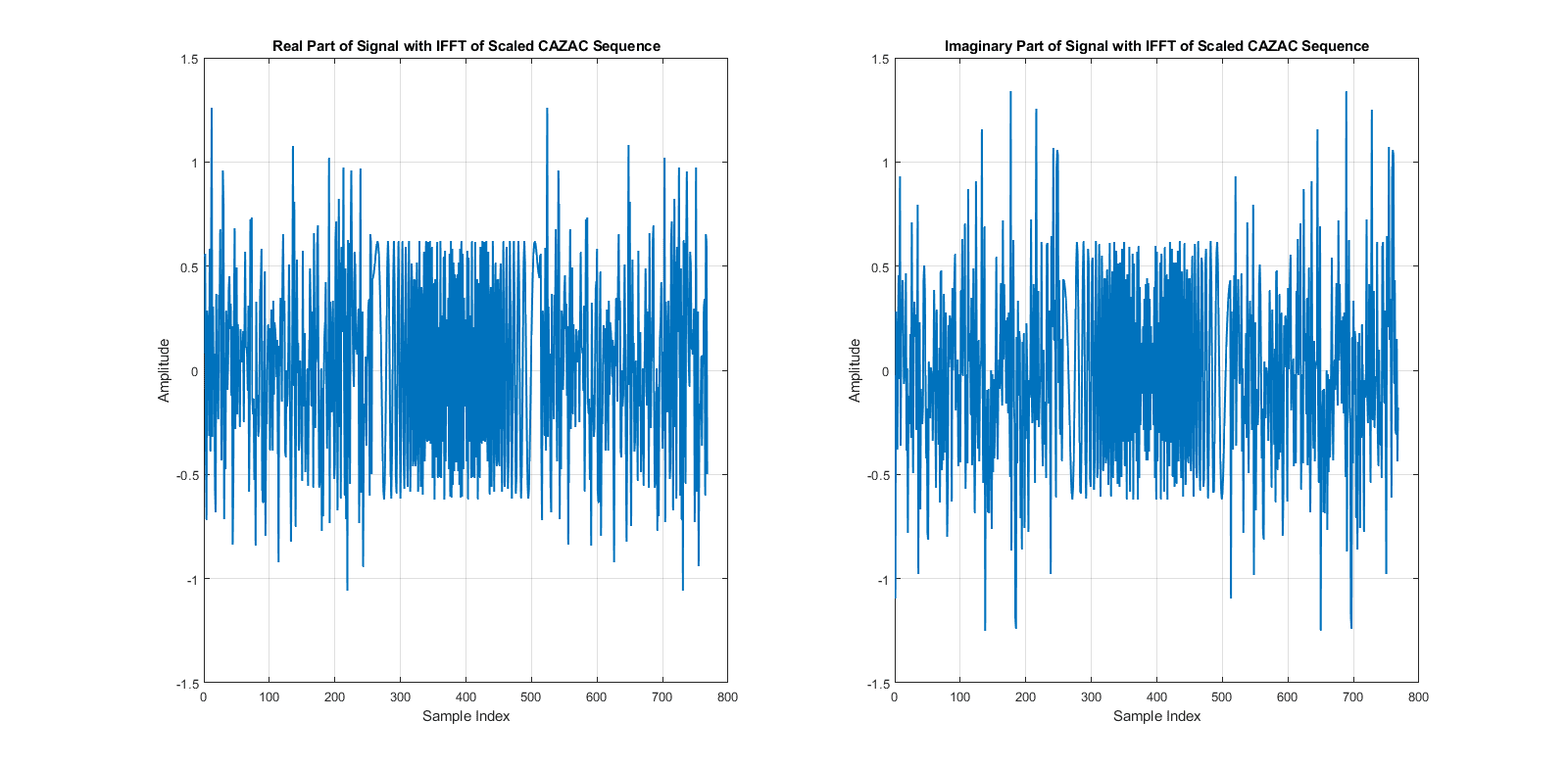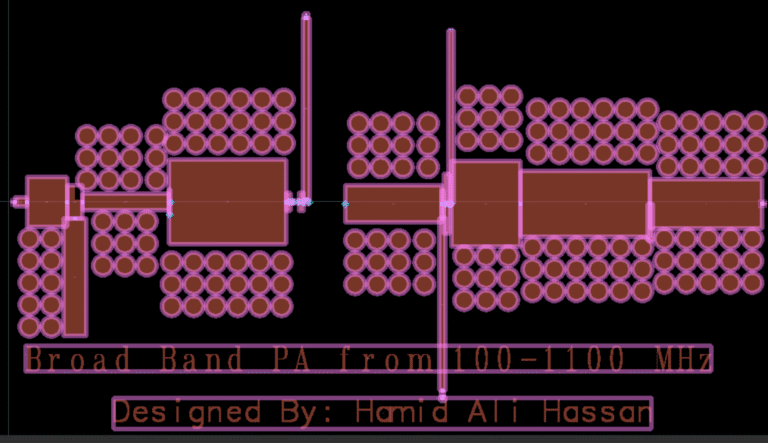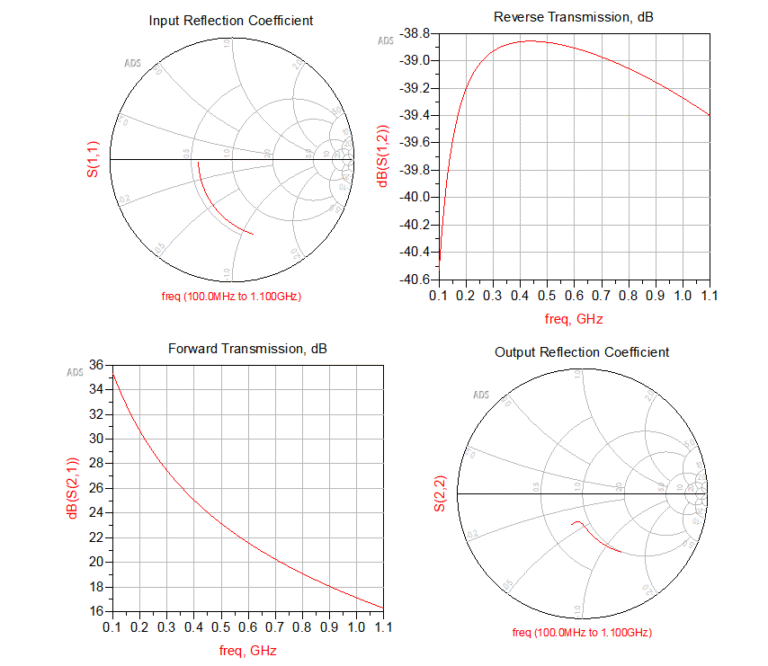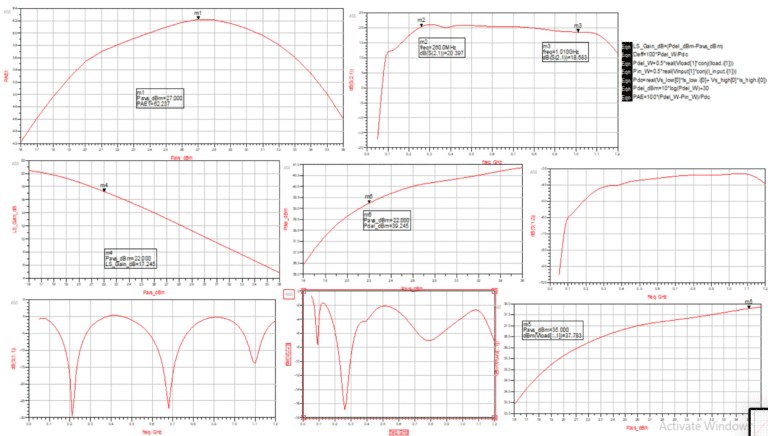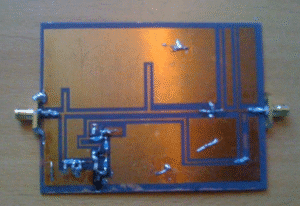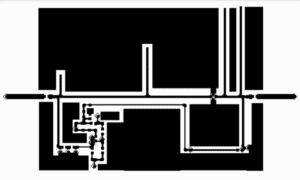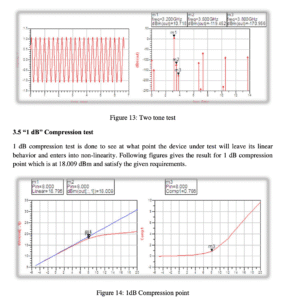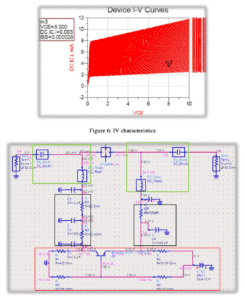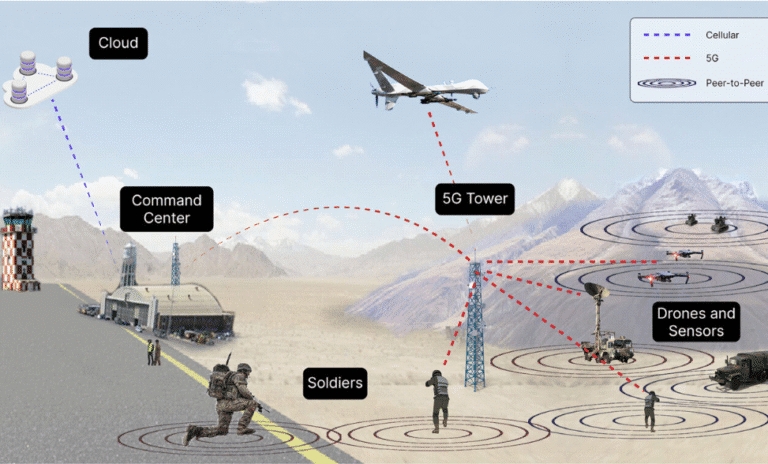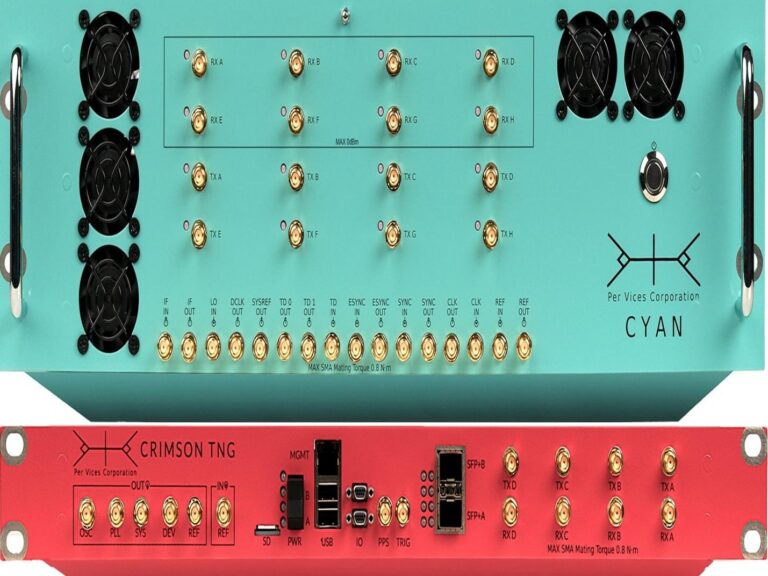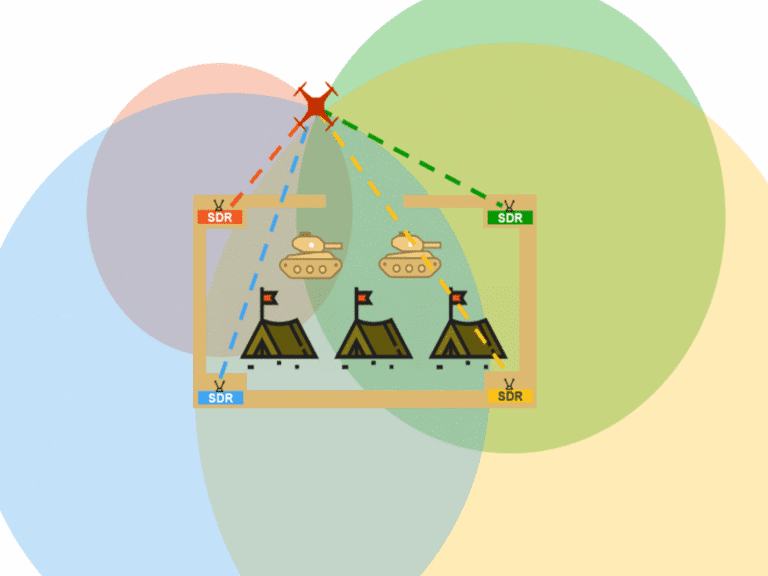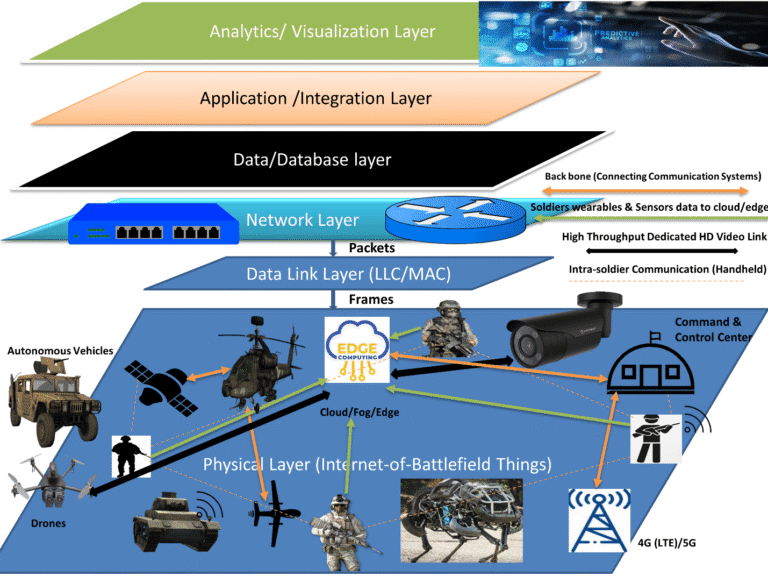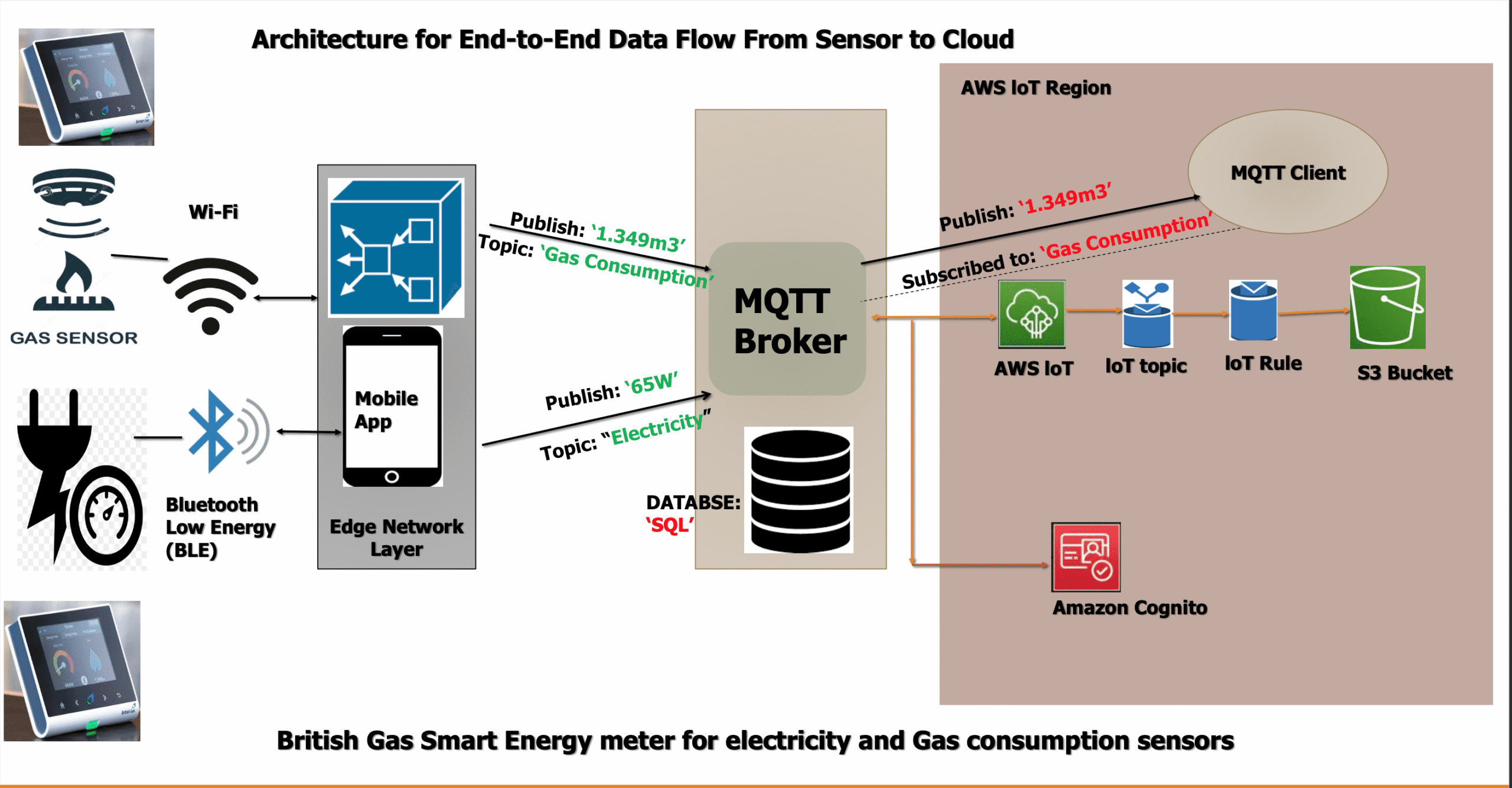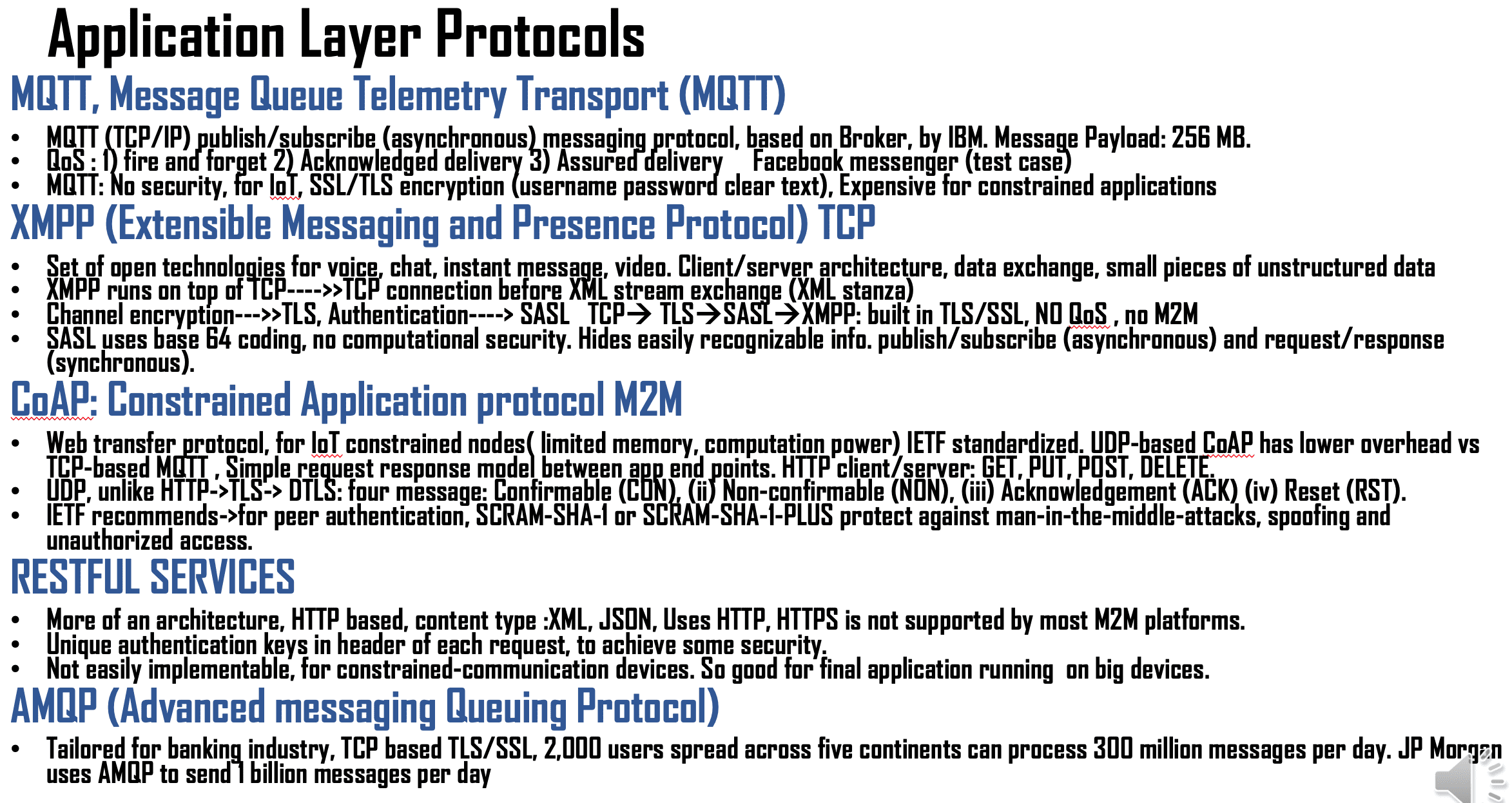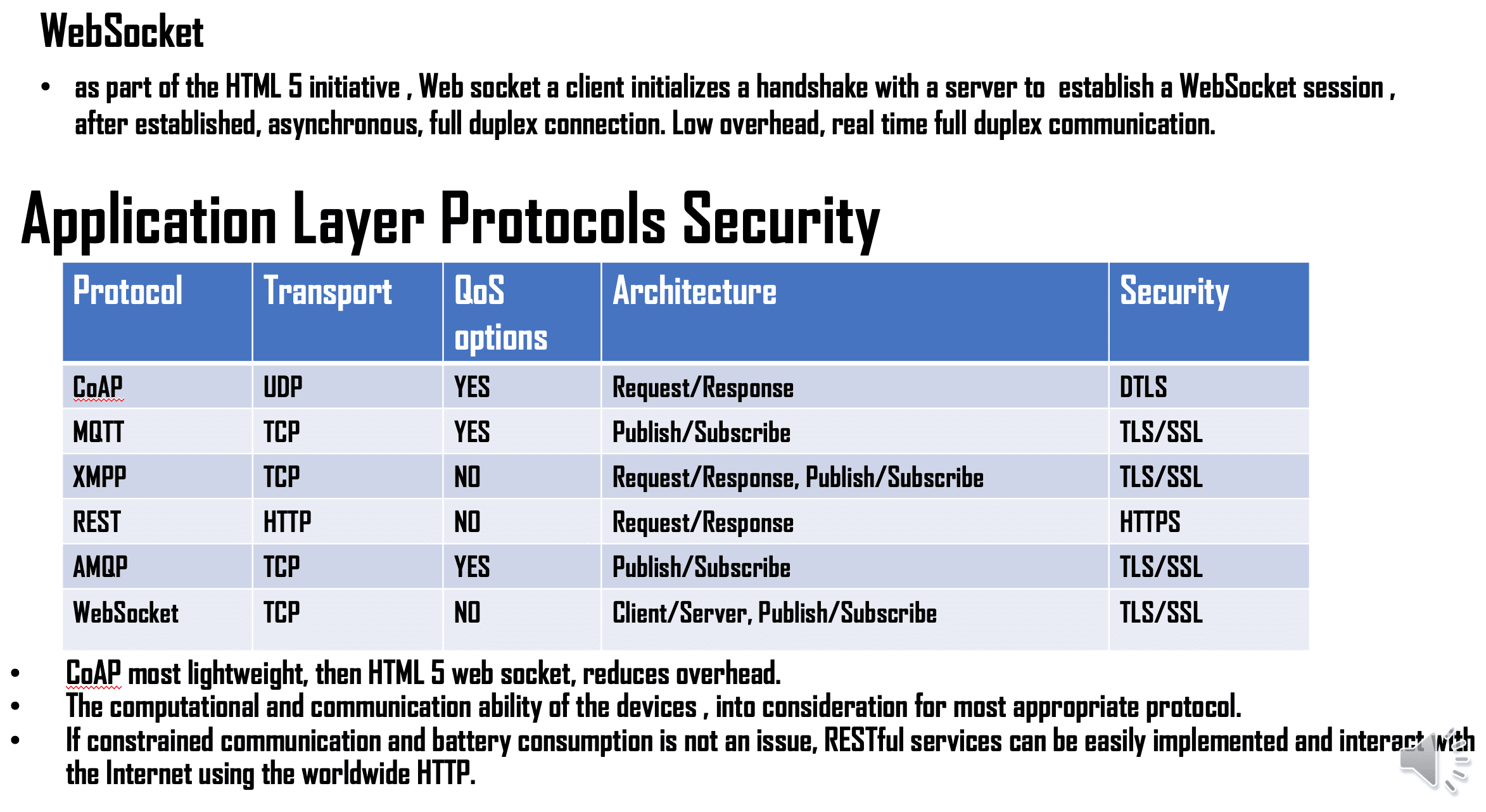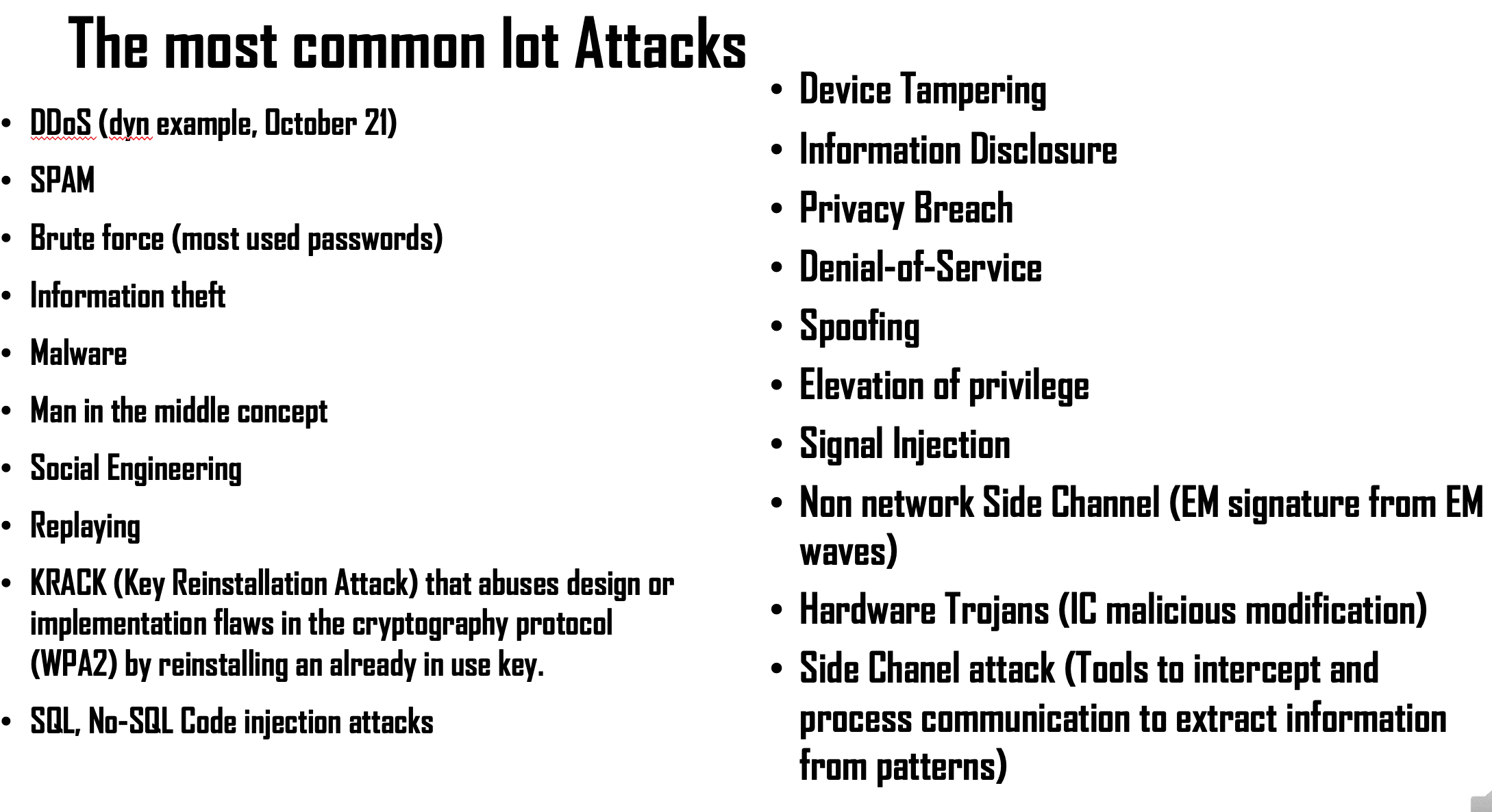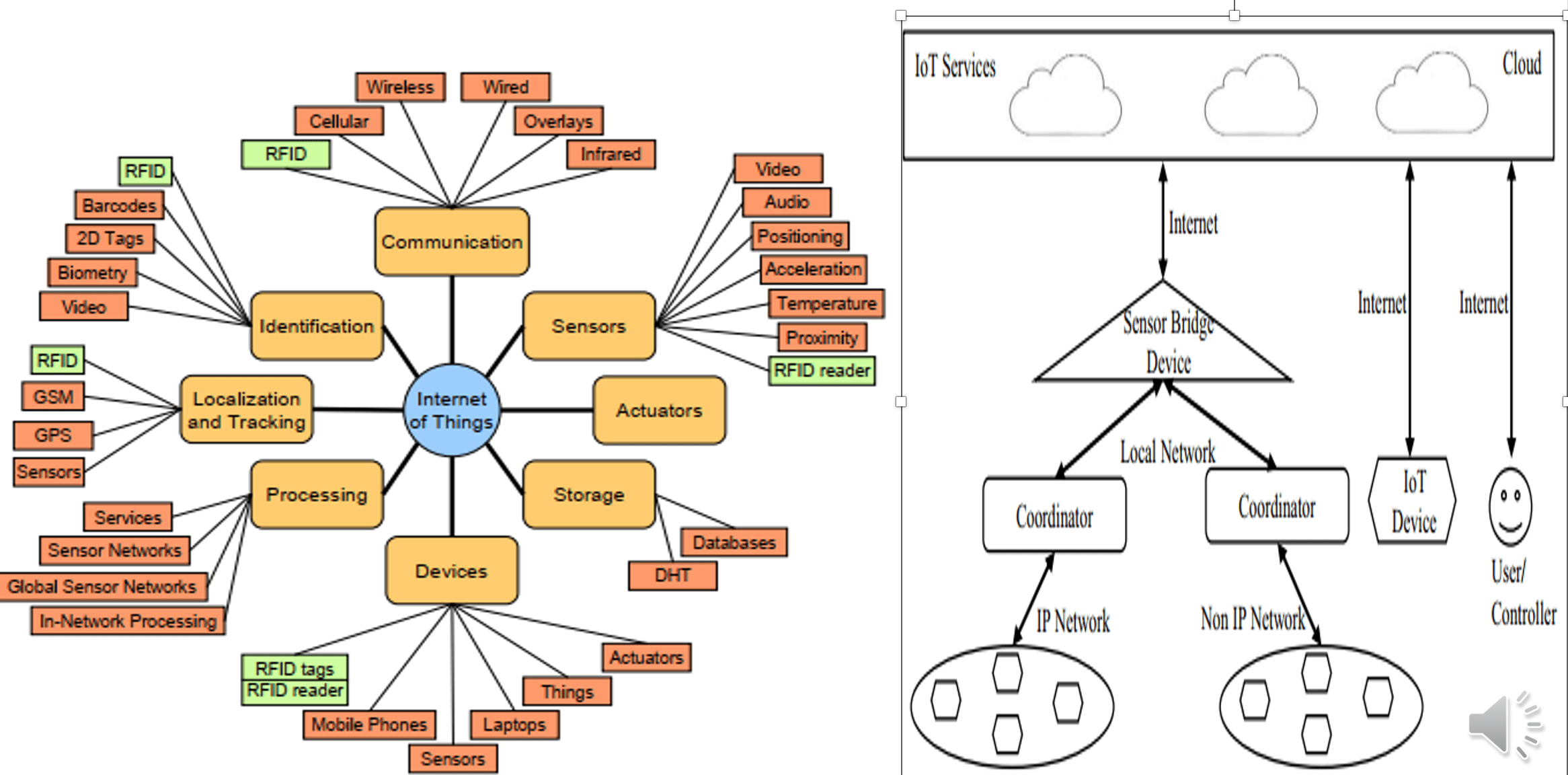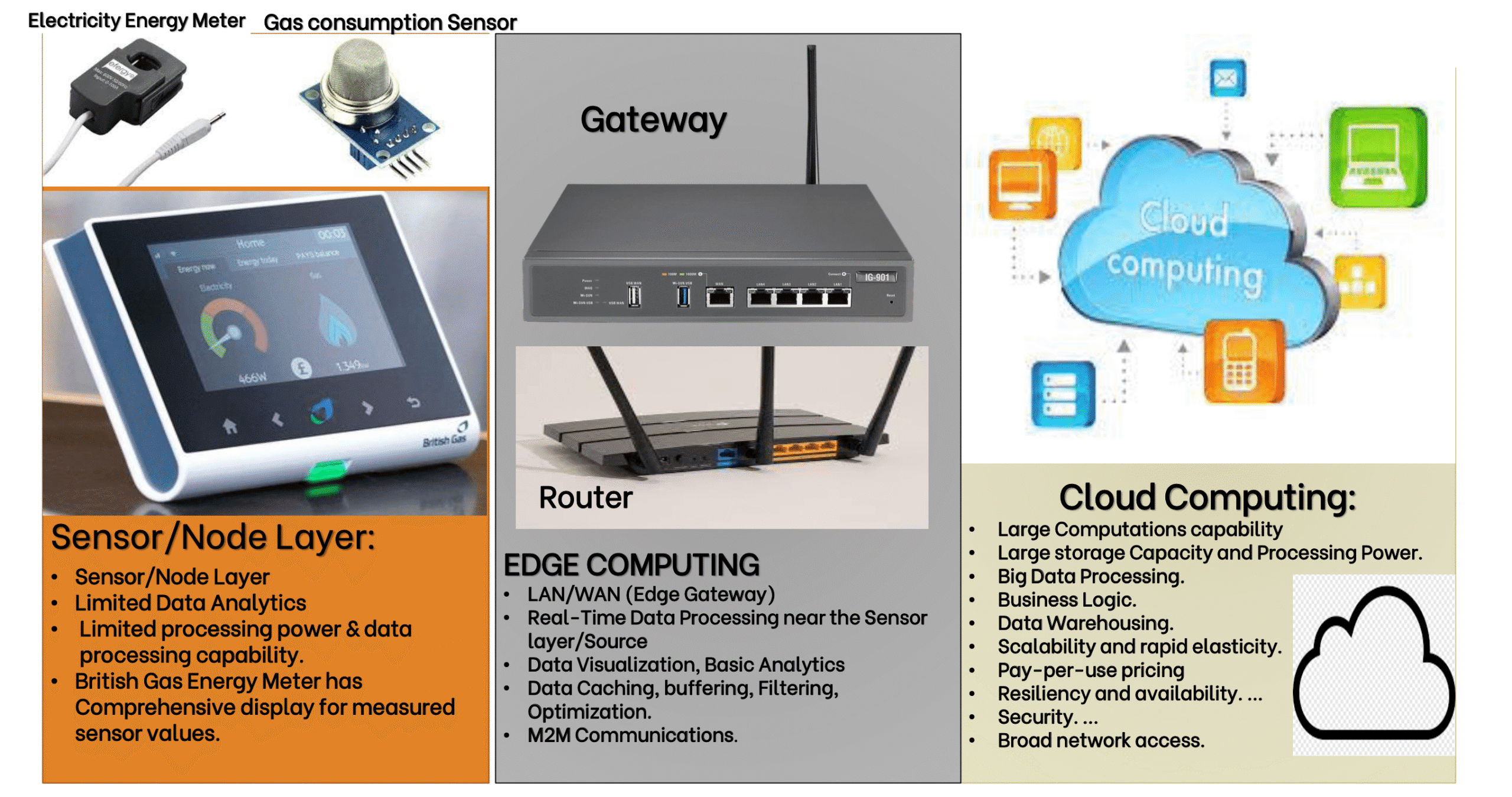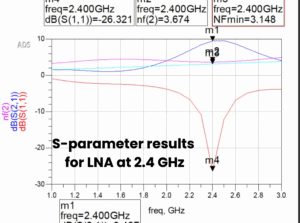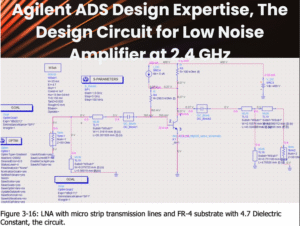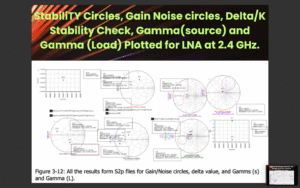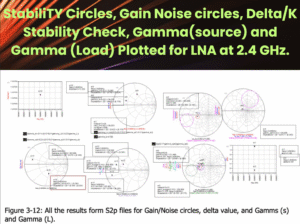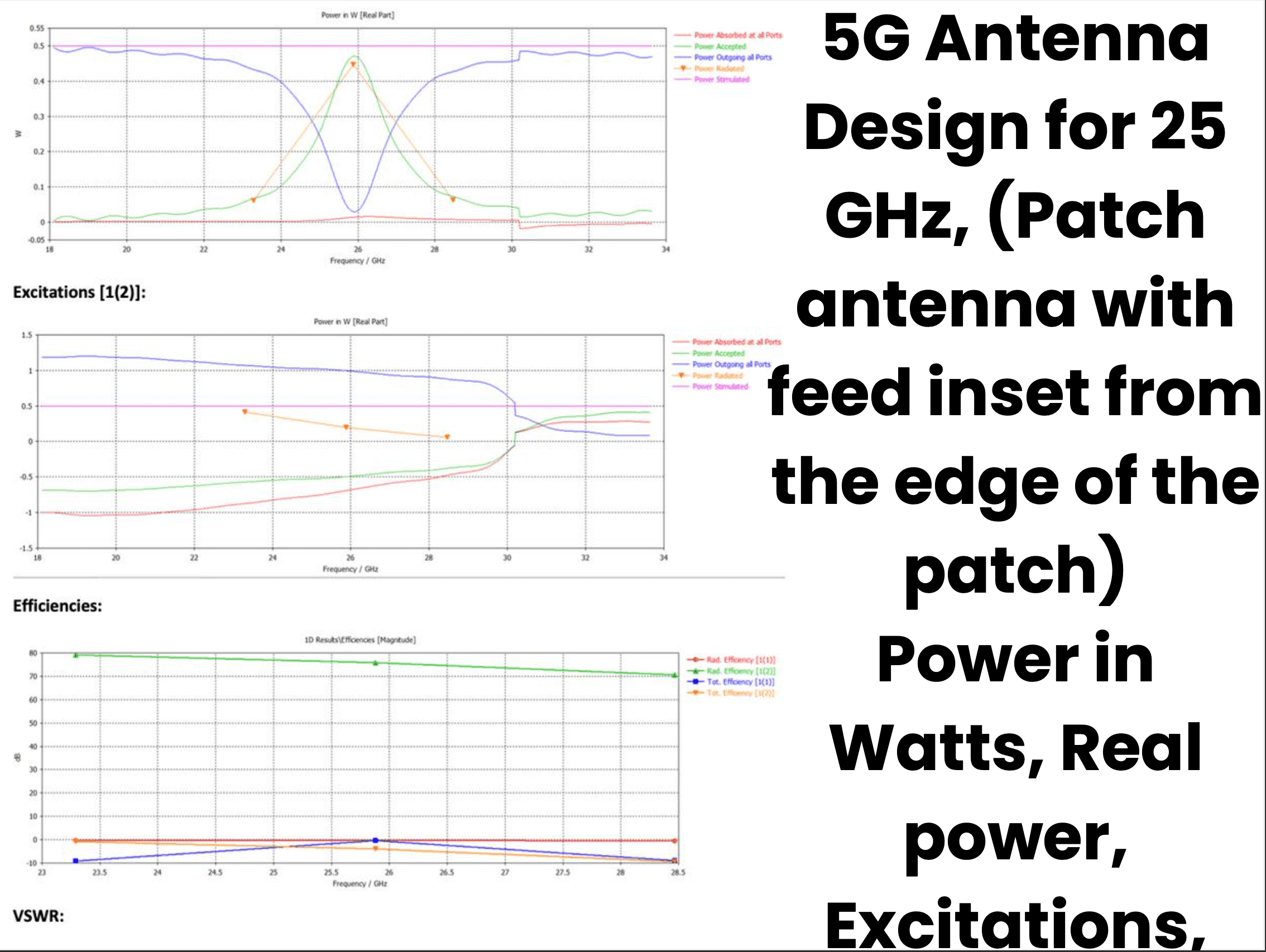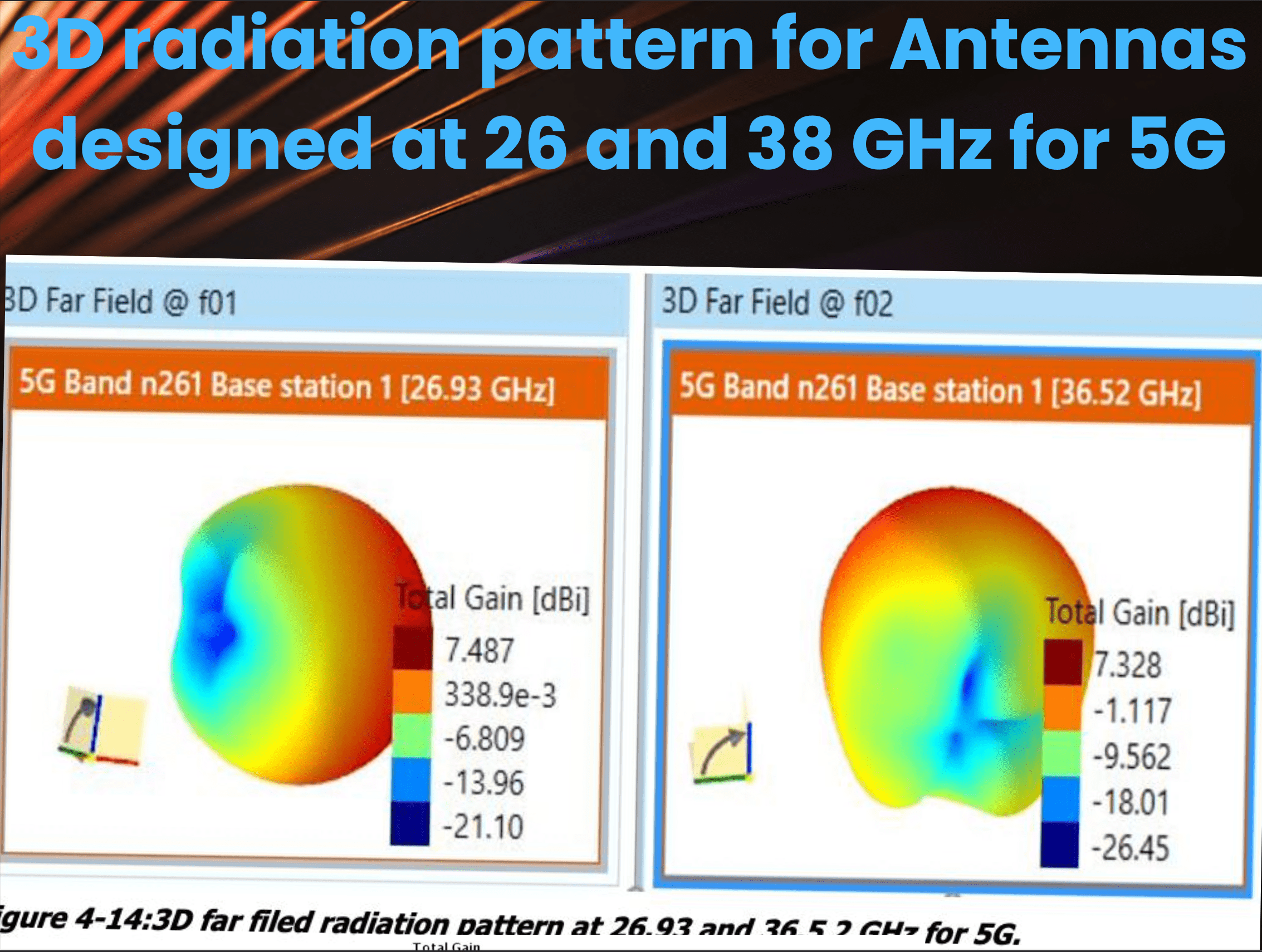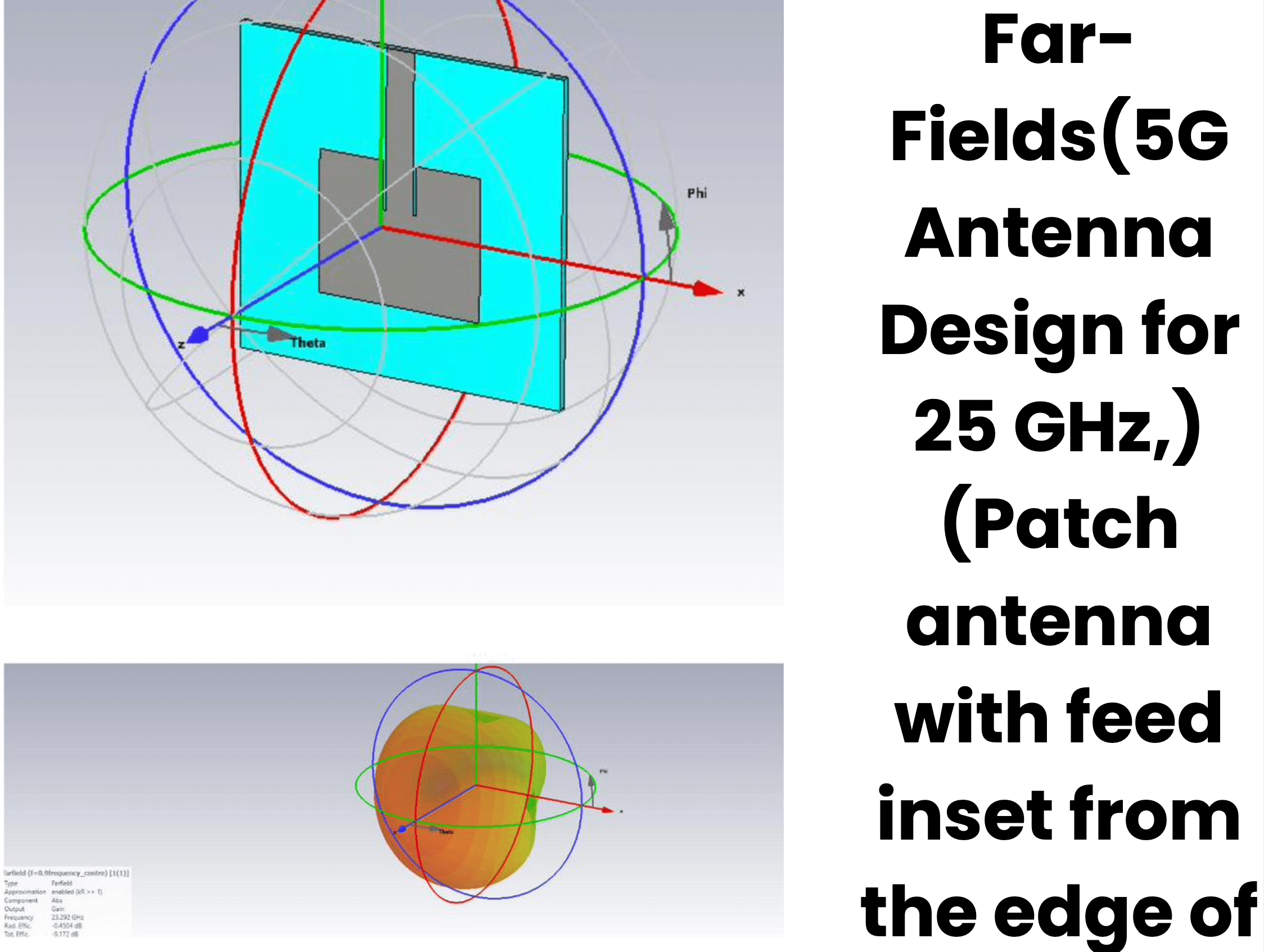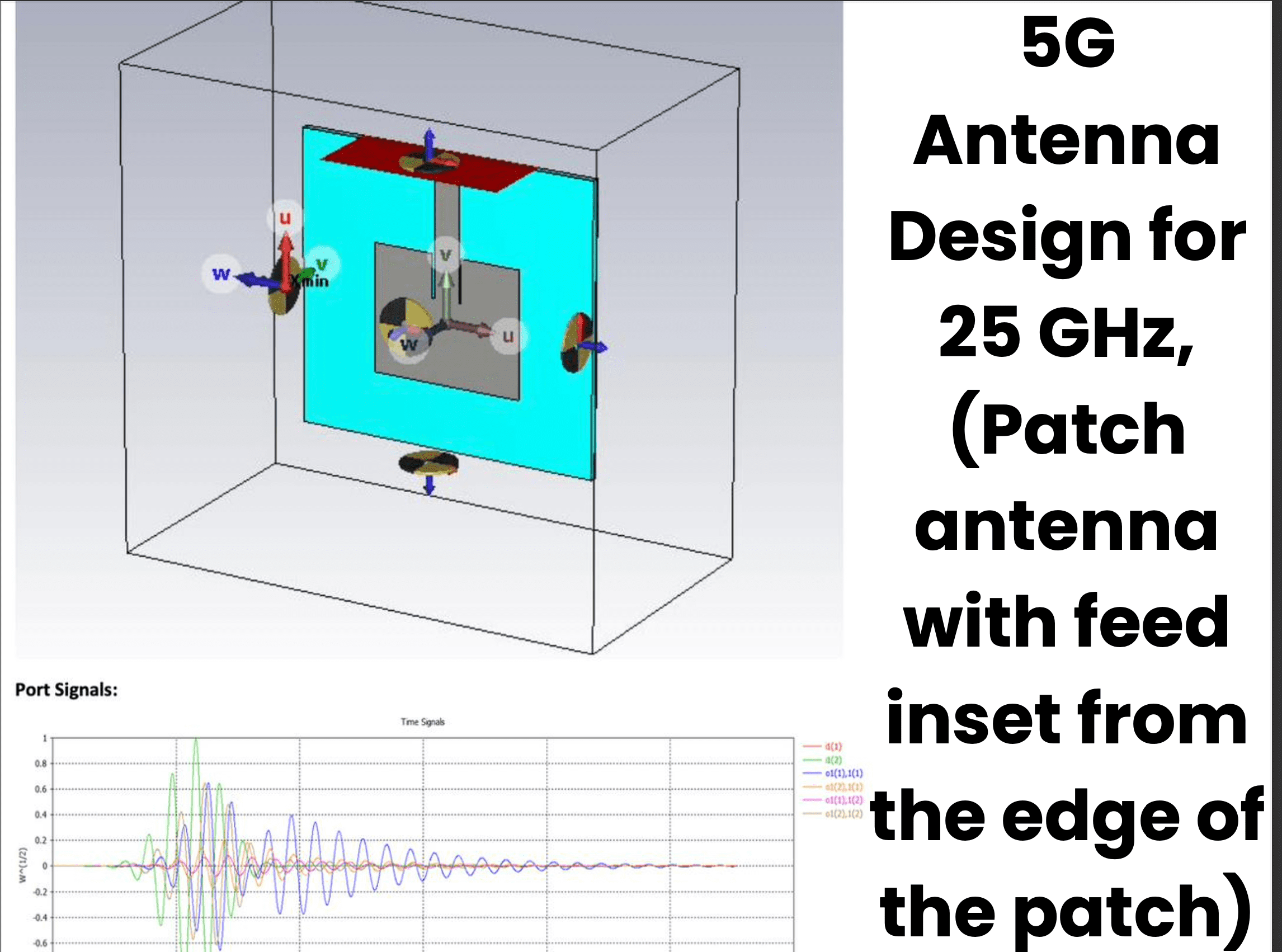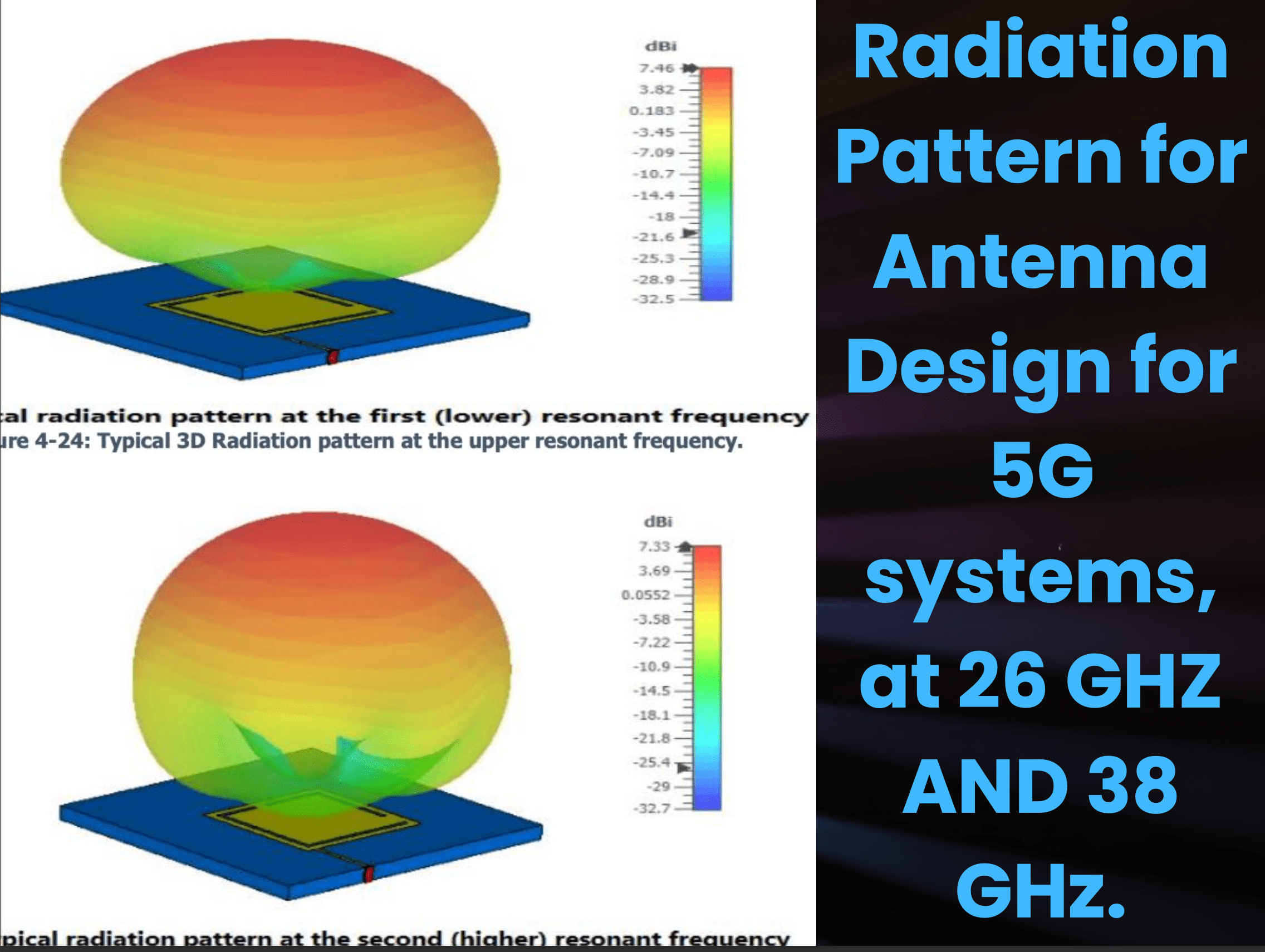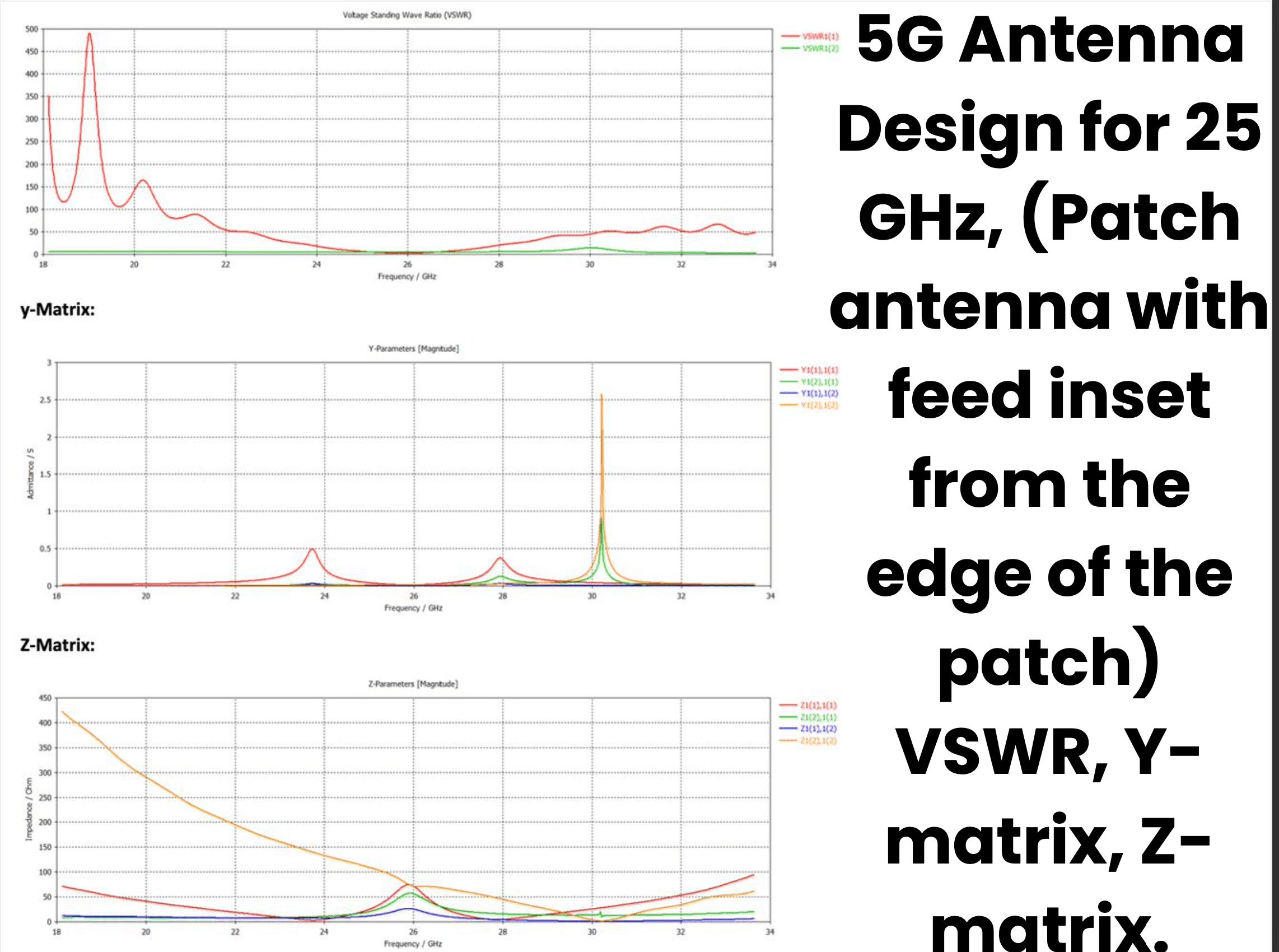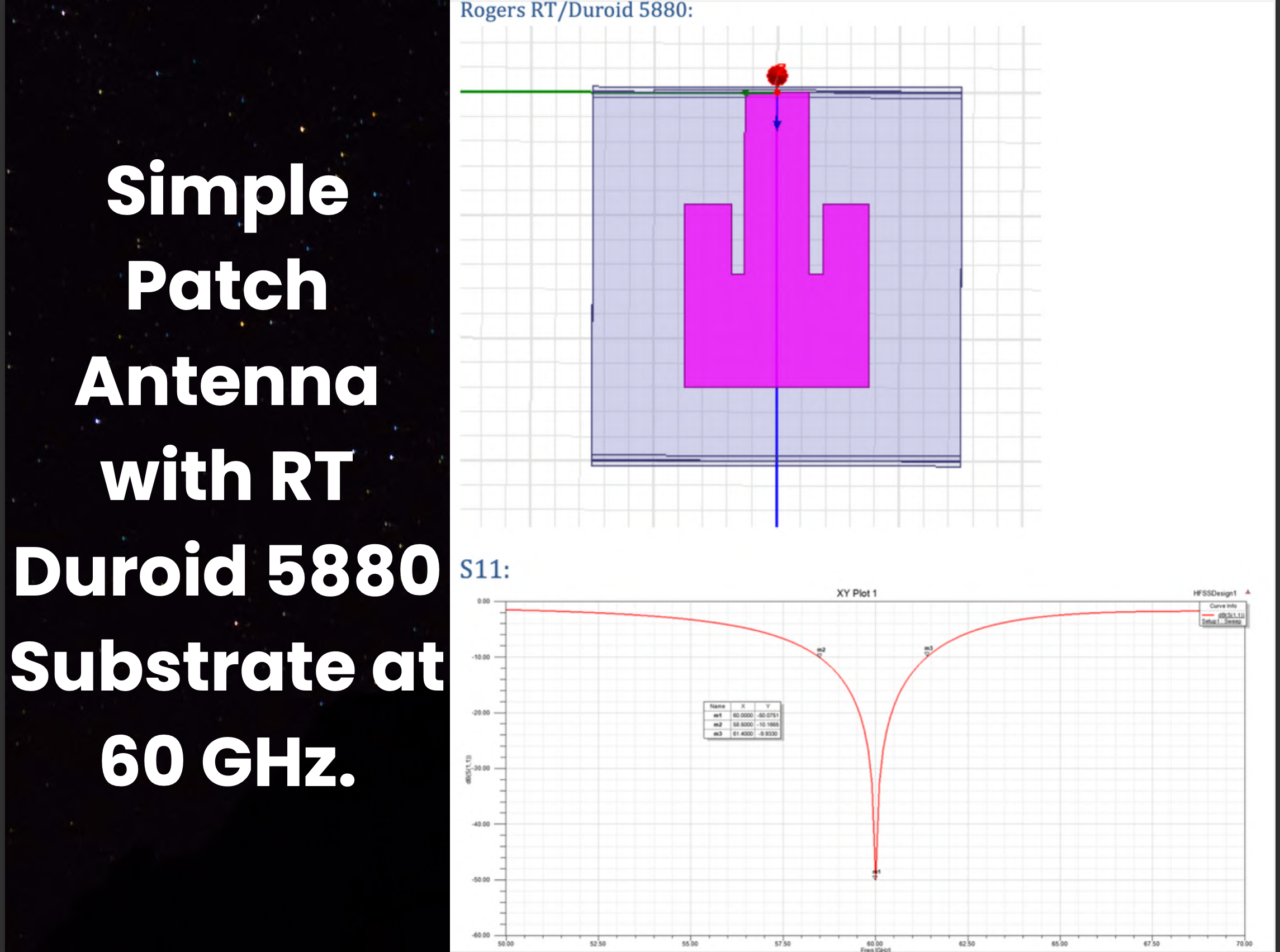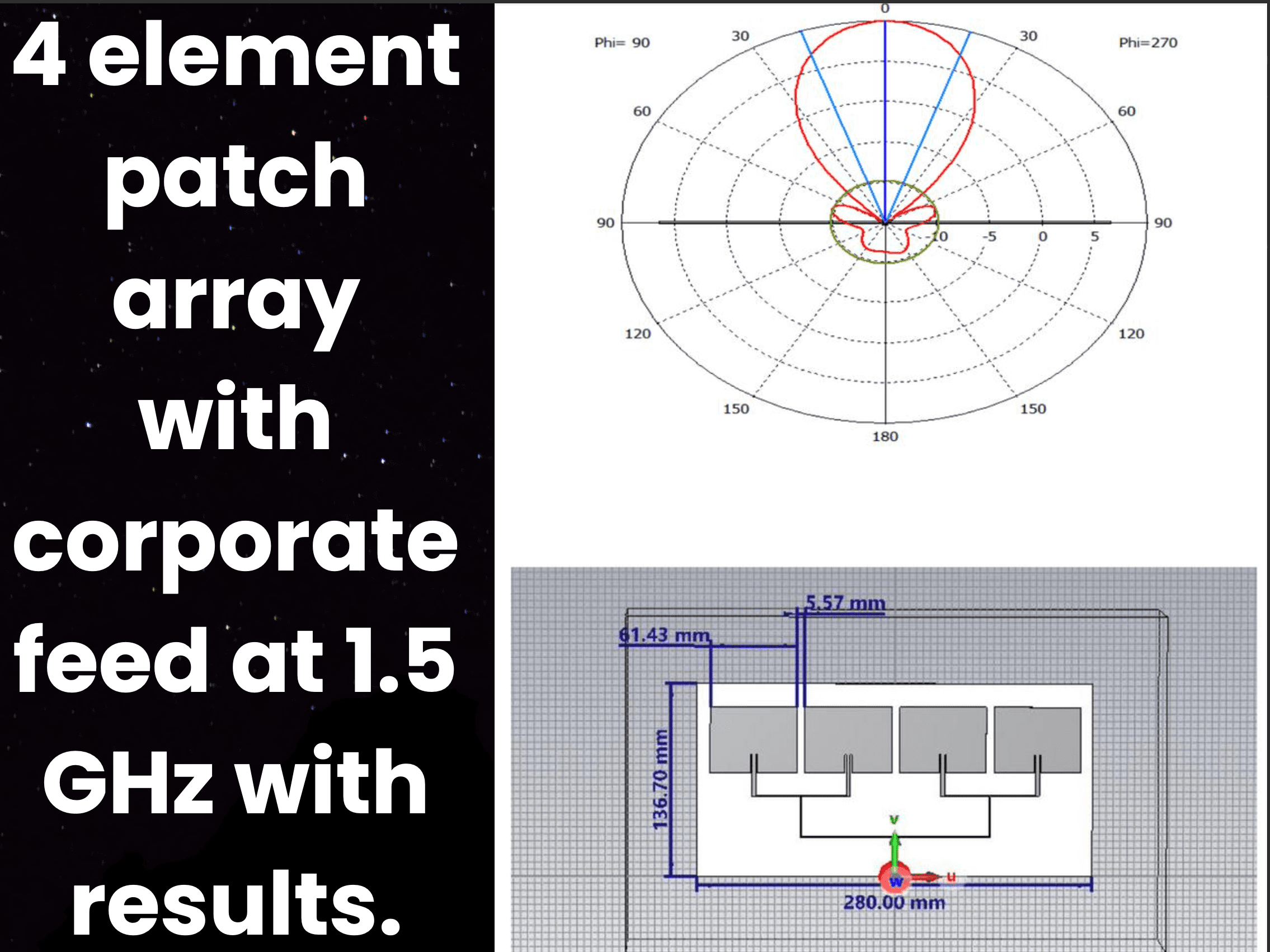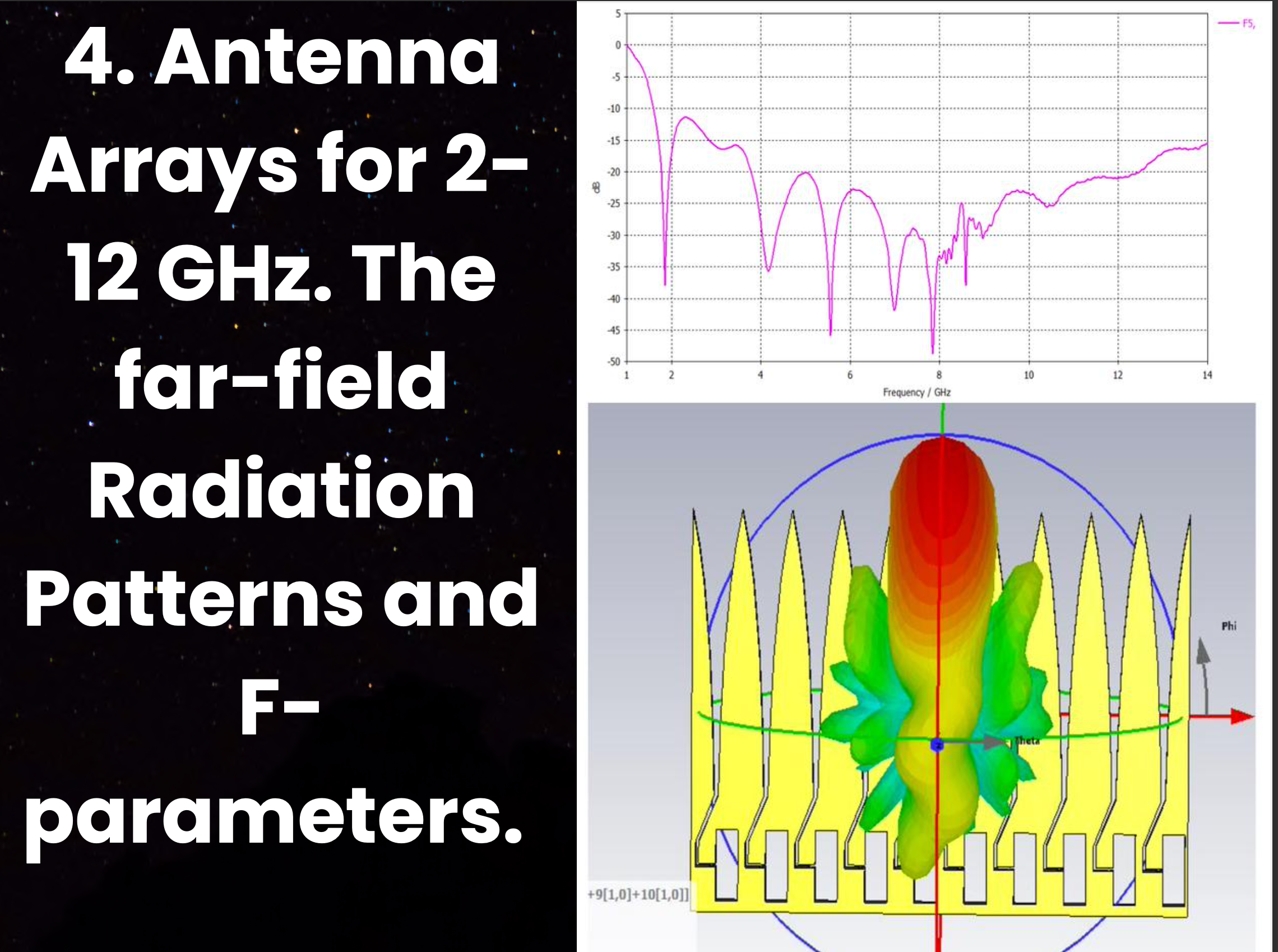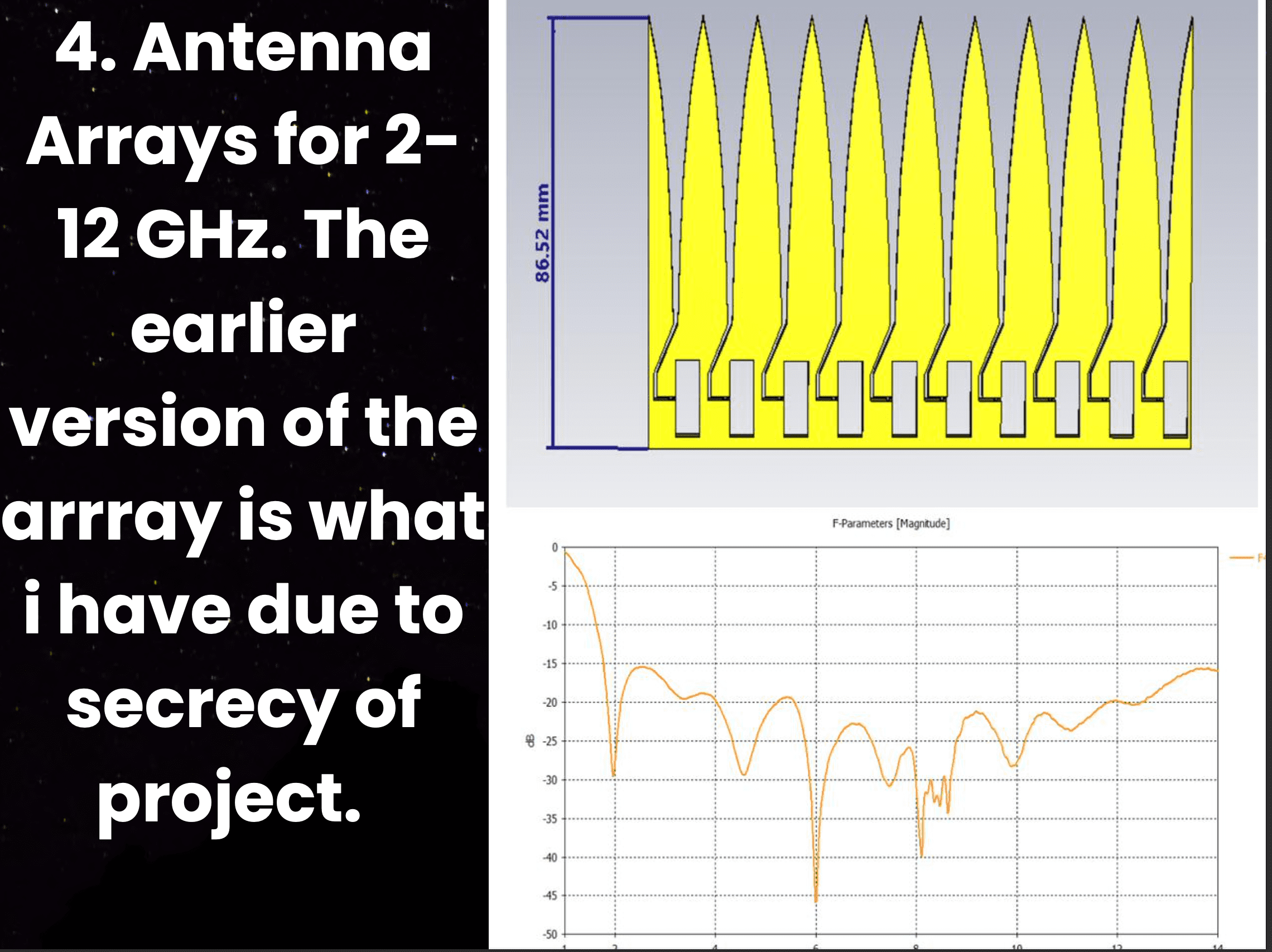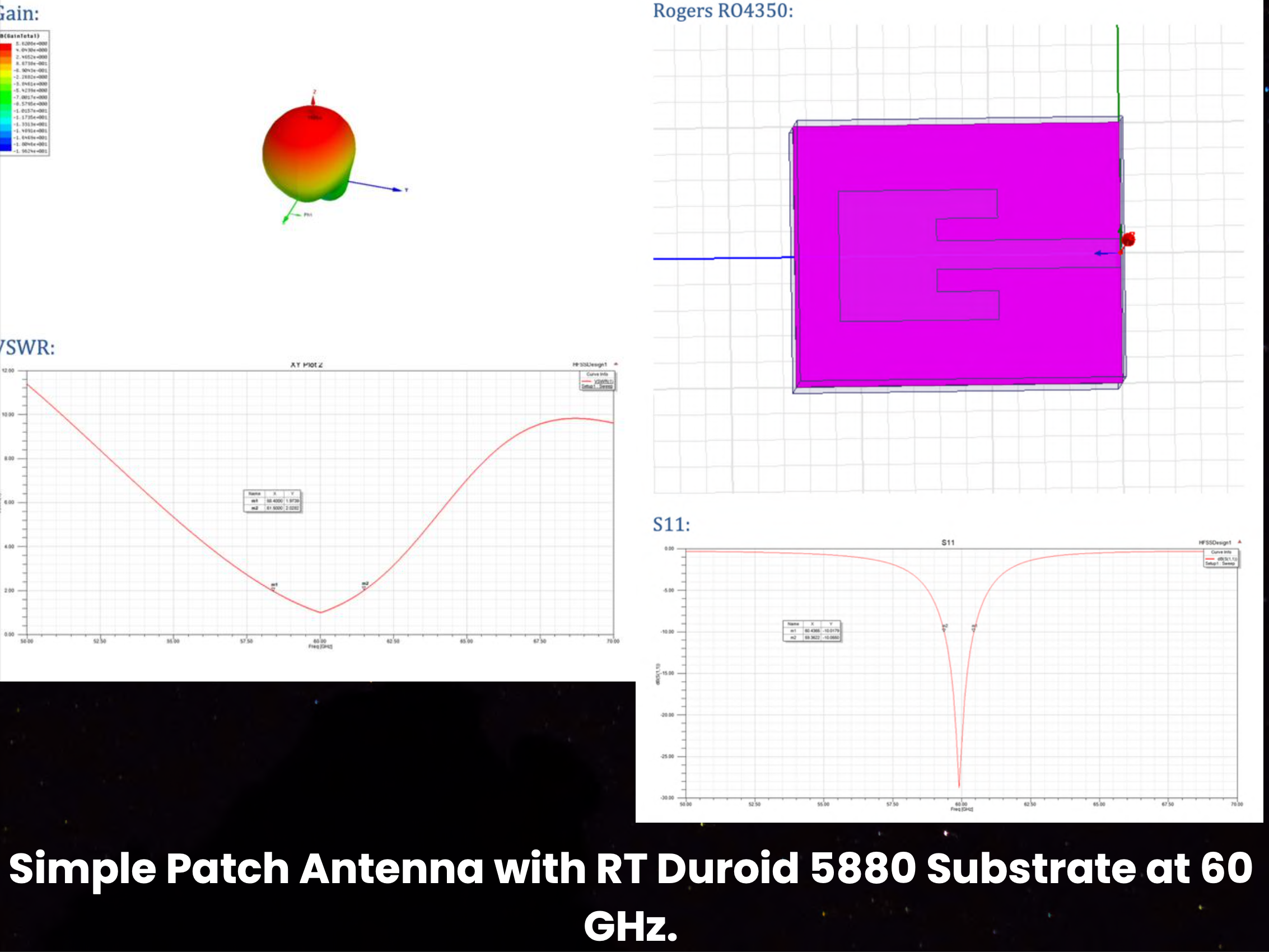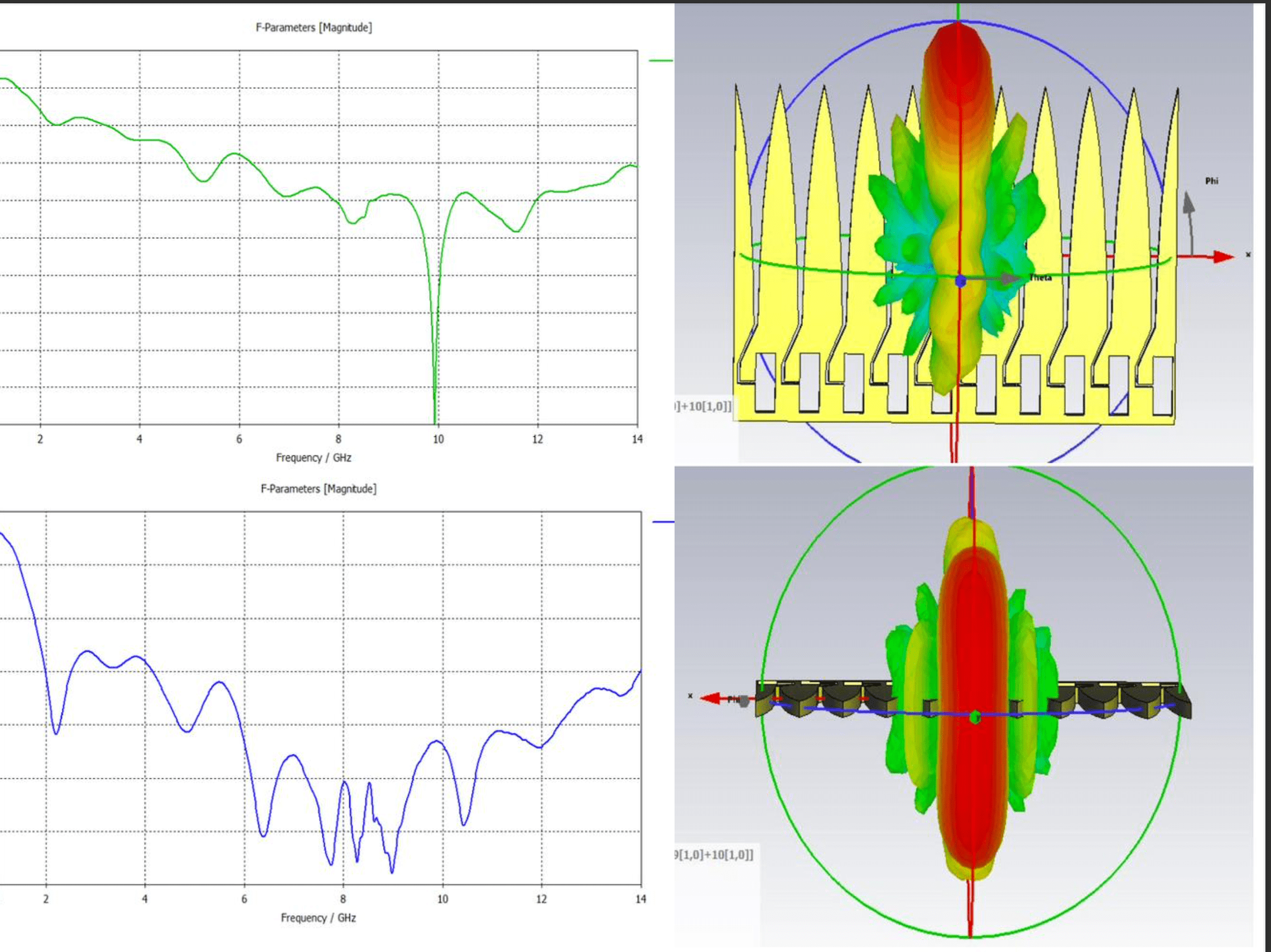RF Antenn Design Portfolio:Hamid Ali Hassan
RF MW (Active, Passive) Antenna Designer.
RF Antenna Design: Modern RF and Microwave Filter Design for Size Reduction and Performance Optimization
RF and Antenna Design is. a highly popular Multi-disciplinary field of science. The most critical characteristics in RF filter design are selectivity and insertion loss. High-performance filters exhibit ripples in both passband and stopband, achievable through cross-coupling between nonadjacent resonators. Traditionally, such RF cavity filter designs use waveguide or dielectric-loaded cavities due to their low loss. However, to reduce size, weight, and cost, modern RF and microwave filter design trends favor printed and planar structures.
In this work, two size-reduction techniques were employed across four filters. The first technique uses conventional hairpin λ/2 U-shaped resonators, while the second utilizes resonator cross-coupling for compactness. Throughout the RF band pass filter design process, various microstrip and coupled-line characteristics were analyzed to optimize layout.
Design and simulation were performed using free RF filter design software tools including Agilent ADS, AWR Microwave Office, and MATLAB. EM simulation results were validated against schematic models, with all parameter variations presented in tabular form.
Filters were designed at 2.4 GHz and 4 GHz by converting low-pass prototypes to RF bandpass filter designs using the insertion loss method. Q-factors and mixed coupling coefficients were calculated using standard equations from Pozar’s RF filter design book.
Two substrates—FR-4 and Rogers RO3210 (thickness: 1.5 mm)—were used to demonstrate the effect of substrate properties on miniaturization. For 2.4 GHz at Zo = 50 Ω, the width and height of the substrate were verified as w = 2.8 mm and h = 0.8 mm.
Manufacturing was done via LPKF Protomat E33, and measured results were recorded using a vector network analyzer. This work provides a practical guide for compact and efficient RF filter design using a combination of simulation tools and fabrication methods—serving as a resource for both academic and industrial designers looking for a reliable RF filter design tool.
Timing and Synchronization Integration and Performance Analysis for 5G.
As 5G networks demand ultra-low latency, seamless connectivity, and high reliability, timing and synchronization become critical for performance. This thesis investigates the integration and performance of frequency synchronization, timing synchronization, and phase synchronization in 5G infrastructure using theoretical modeling, simulations, and practical experiments.
In 5G New Radio (NR), synchronization is the first step for network access. The Synchronization Signal (SS), including PSS, SSS, PBCH, and DMRS, facilitates initial access or cell search. This includes:
10-W Power Amplifier Design for 100-1100 MHz frequency range.
Power Amplifier is designed for 100-1100 MHz frequency range using CGH40010-F GaN power device from cree, wolfspeed Inc.
The steps included, transistor selection, DC IV Curves and Bias selection, stability analysis, Choosing the right Gamma (Source) and Gamma (load), Initial and final load pull, Input and Output matching network design.
Followed by final circuit design and EM-Circuit Co-simulation followed by the steps to iterate and improve design and move towards the gerber files and manufacturing stages.
Maximum Gain Amplifier & LNA at 4 GHz.
How to Design an RF Power Amplifier: The Basics
Designing an RF power amplifier involves several key steps to ensure optimal performance at a specific frequency. While similar to low noise amplifier (LNA) design, the focus in RF power amplifier design is maximizing signal gain rather than minimizing noise. LNAs are typically used after a receiver and filter to clean up the signal, followed by power amplifiers like MGAs to boost the signal for further processing.
If you’re learning how to design an RF power amplifier, here’s a streamlined version of the process:
Select a suitable transistor based on your design frequency and performance needs. If a specific frequency isn’t given, choosing the right component is critical.
Check stability of the transistor. Stability is crucial to avoid oscillations. In advanced techniques in RF power amplifier design, added stabilization methods are often avoided in MGA design due to their impact on noise and signal integrity.
If unstable, use stability circles to identify matching solutions.
Apply conjugate matching to maximize power transfer.
Design the matching network to interface with source/load impedances.
Perform gain calculations to verify the expected performance.
Set up the biasing network to ensure the transistor operates in the correct region.
This simplified guide explains how to design an RF power amplifier: the basics, and is a great starting point whether you’re working on a standard design or exploring advanced techniques in RF power amplifier design (PDF resources are available). You can also explore class-specific designs such as how to design an RF power amplifier Class E for higher efficiency.
SDR and the Internet-of-Battlefield Things (IoBT)
The Internet-of-Battlefield Things (IoBT), developed by the US Army Research Laboratory as part of the “Winning in a Complex World” initiative (2020–2040), led to the concept of Mosaic Warfare—a DARPA-coined term describing highly reconfigurable military systems. At the core of this evolution is Software Defined Radio (SDR), enabling flexible, multi-channel communication across battlefield systems.
To support seamless data and voice exchange between soldiers, command centers, and edge devices, the military has focused on deploying multi-system SDRs. These radios allow real-time reconfiguration, essential for joint-force communication in dynamic scenarios.
What Is SDR?
SDR (Software Defined Radio) replaces traditional RF hardware—like filters, amplifiers, and mixers—with mixed-signal processing units such as ADCs, DSPs, and FPGAs. This digital architecture allows on-the-fly changes to key parameters like:
Add Your Heading Text Here
Lorem ipsum dolor sit amet, consectetur adipiscing elit. Ut elit tellus, luctus nec ullamcorper mattis, pulvinar dapibus leo.
Threat Analysis and Security & Privacy of Internet-of-things in Wireless Communication.
Different Threats at different layers of loT Network are studied in this project. The study included famous and most common occuring loT Weakness points such as DDos, Information theft, Malware, MiTM, Soaila engineering, SQL, No-SQL Code injection. Application layer protocols such as MQTT, AMQP, CoAP, XMPP, Restful API and Websocket are studied. The internet-of-things technologies for wireless communication are studied such as LoraWAN, SigFox, NB-loT and their relevant attacks are studied.
Topologies, Architecture, and Simulation-Based Analysis of Cognitive Radio Networks
📡 Introduction: The Evolution of Wireless Intelligence
Cognitive Radio (CR), introduced in 1999, revolutionized wireless communication by proposing a paradigm where devices can intelligently detect underutilized spectrum and dynamically reconfigure themselves. Powered by Software Defined Radios (SDRs), CR networks are transforming spectrum efficiency, especially in dense and dynamic environments.
With the exponential growth in wireless devices, 5G, IoT, and mission-critical communication, traditional static spectrum allocation proves inefficient. CRs offer a compelling solution by enabling dynamic spectrum access (DSA), making them a core enabler of future wireless networks.
🧬 Why Cognitive Radio?
Spectrum is an expensive and limited resource. In traditional systems, licensed users often leave spectrum bands idle, resulting in underutilization. Cognitive Radio Networks (CRNs) address this by:
Sensing spectrum holes (unused frequency slots),
Adapting transmission parameters in real time,
Avoiding interference with primary users (PUs),
Maximizing spectral efficiency and return on spectrum investment.
💡 Fun fact: A typical 20 MHz LTE bandwidth can be divided into 20-100 kHz channels—most of which stay unused at a given time.
🛡️ Role of FCC and Regulatory Push
The Federal Communications Commission (FCC) has enabled opportunistic access to unlicensed spectrum, such as TV white spaces, inspiring global regulatory frameworks. This catalyzed numerous spectrum sensing and Cognitive Radio research campaigns, making CR simulation studies highly relevant today.
🧪 Experimental Study: Simulating CRNs
Our simulation-focused research explores CRNs under different topologies and operating conditions using:
NS-3: Discrete-event simulator ideal for modeling protocol stack and wireless channel behavior. MATLAB: For plotting probability functions, PDF/CDF graphs, and evaluating energy detection thresholds.
NetSim and NS-2: Supplemental tools to enhance model realism.
✅ Target Simulation Environments:
OS: Ubuntu 22.04 (NS-3) & Windows 10 (MATLAB)
Topology Variants: Star, Mesh, Point-to-Point, Bus, Hybrid
Channels: LTE, 5G, Wi-Fi, BLE (Bluetooth Low Energy).
Key Parameters: Delay, Latency, Throughput, Power Control
⚙️ Network Topologies: Theory Meets Simulation
Cognitive Radio Networks were simulated using various topologies:
🌟 Star Topology
Central controller allocates spectrum & Suitable for centralized cognitive control.
🕸 Mesh Topology
Nodes cooperate for sensing & routing, Improves robustness and spectral awareness.
🔀 Hybrid & Point-to-Point
Hybrid provides flexibility. PtP ensures reliable direct links for delay-sensitive applications.
🤖 Deep Learning in CRN Spectrum Sensing
Modern CRNs employ Deep Learning algorithms for:
Cooperative & Non-Cooperative Spectrum Sensing
Pattern recognition in RF signatures
Dynamic threshold adjustment
Deep learning boosts the accuracy of false alarm detection, primary user emulation defense, and spectrum prediction models.
🚨 Cybersecurity Threats in Cognitive Radio Networks
CRNs introduce novel vulnerabilities:
Primary User Emulation Attacks (PUEAs)
Denial of Service (DoS)
Spectrum Sensing Data Falsification (SSDF)
Simulated results assess False Alarm Probability (Pf) and Detection Probability (Pd) under adversarial conditions.
📈 Results and Analysis
Key performance metrics:
CDF of Secondary & Primary Users
Transmission Delay: Measured in varied topologies
Throughput: Highest in mesh networks with cooperative sensing
Power Optimization: Achieved via adaptive transmit power control
🔭 Future Work & Conclusion
As we head into a hyperconnected 6G era, Cognitive Radios combined with SDRs, AI, and edge computing will:
Enable ultra-dynamic spectrum access
Power intelligent IoT and vehicular networks
Support mission-critical defense and healthcare communications
🎯 Future directions:
Integrate Reinforcement Learning (RL) for dynamic environment adaptation.
Implement blockchain-based trust for secure spectrum sensing.
Optimize for video streaming in bandwidth-limited CR-IoT networks.
LNA design at 2.4 GHz.
Low noise amplifiers are the most commonly used communication device and is mainly used at the receiver end. Since there is lot of noise in the transmitting medium and this noise affect the sent signals therefore it is required to eliminate this noise from the system at the earliest stage of the communication system and to reduce the effect of noise from the signal, low noise amplifier is used which reduces the noise from the incoming signals and at the same time increase the power of the signal. To design an amplifier following specification were provided by the supervisor, these specifications are as follow.
- Specifications
Gain : 10 dB::Center frequency: 1.8 GHz:::Gain flatness: 0.25 dB
Noise figure: minimum
Power consumption: minimum
In order to design this amplifier the specified transistor was “ATF 35143”.
Selection Of Bias Point
Since the first requirement to design LNA is to select a biasing point, in the specification, design should have minimum power consumption, therefore the biasing point selected was 2V, 5 mA but as the amplifier was simulated for the calculation of noise, gain and input/output stability circles, the output reflection coefficient ΓL calculated was falling very close to the stability circle, therefore another bias point was selected (2V, 15mA).
Stability Analysis
In order for transistor to be stable, the value of K should be greater than 1 and the value of |Δ| should be less than 1. Following equations are used for stability analysis.
By solving the above equations, values for K and |Δ| come out to be 0.29 and 0.50 respectively. Since value of K calculated is less than 1, therefore the transistor is unstable and stability circles have to be drawn.







